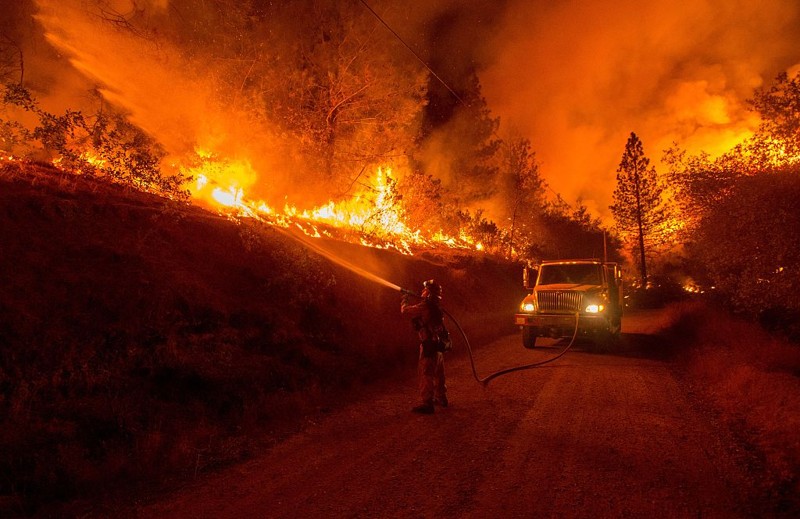California’s homeowners insurers paid out more than twice as much in claims and expenses as they collected in premiums across 2017 and 2018, a legacy which has played a significant part in impacting 2023’s market conditions, according to the Insurance Information Institute (Triple-I).
 A new brief from Triple-I notes that insurers have earned healthy underwriting profits on their homeowners insurance business in all but two of the 10 years between 2013 and 2022. But, the claims and expenses that were paid across 2017 and 2018, due largely to wildfire-related losses, are said to have been so extreme that the average combined ratio for the period was 108.1.
A new brief from Triple-I notes that insurers have earned healthy underwriting profits on their homeowners insurance business in all but two of the 10 years between 2013 and 2022. But, the claims and expenses that were paid across 2017 and 2018, due largely to wildfire-related losses, are said to have been so extreme that the average combined ratio for the period was 108.1.
The brief reads: “To accurately underwrite and price coverage, insurers must be able to set premium rates prospectively. One or two years that include major catastrophes can wipe out several years of underwriting profits—thereby contributing to the depletion of policyholder surplus if rates are not raised.”
A key factor to highlight however, is that unlike most US states, California’s homeowners insurers are unable to price risk prospectively and instead, they have to rely on historical data alone, in accordance with the regulations adopted after voters approved Proposition 103 in 1988.
Moreover, the three costliest wildfires recorded in US insurance history occurred in California in 2017 (Tubbs Fire) and 2018 (Camp and Woolsey Fires).
But, since 2018, California has also witnessed the five largest wildfires in the state’s history, however none of them are listed among the costliest for insurers.
The brief states: “With fewer private insurance options available, more Californians are resorting to the state’s FAIR [Fair Access to Insurance Requirements] plan, which offers less coverage for a higher premium.”
Adding: “This is a large and potentially profitable market in which insurers want to do business. To make that possible in light of ongoing wildfire trends—as well as events like early 2023’s anomalous rains and, more recently, Hurricane Hilary—the state needs to continue making investments that reduce risk. It also needs to update its regulatory regime to allow accurate, prospective pricing.”


